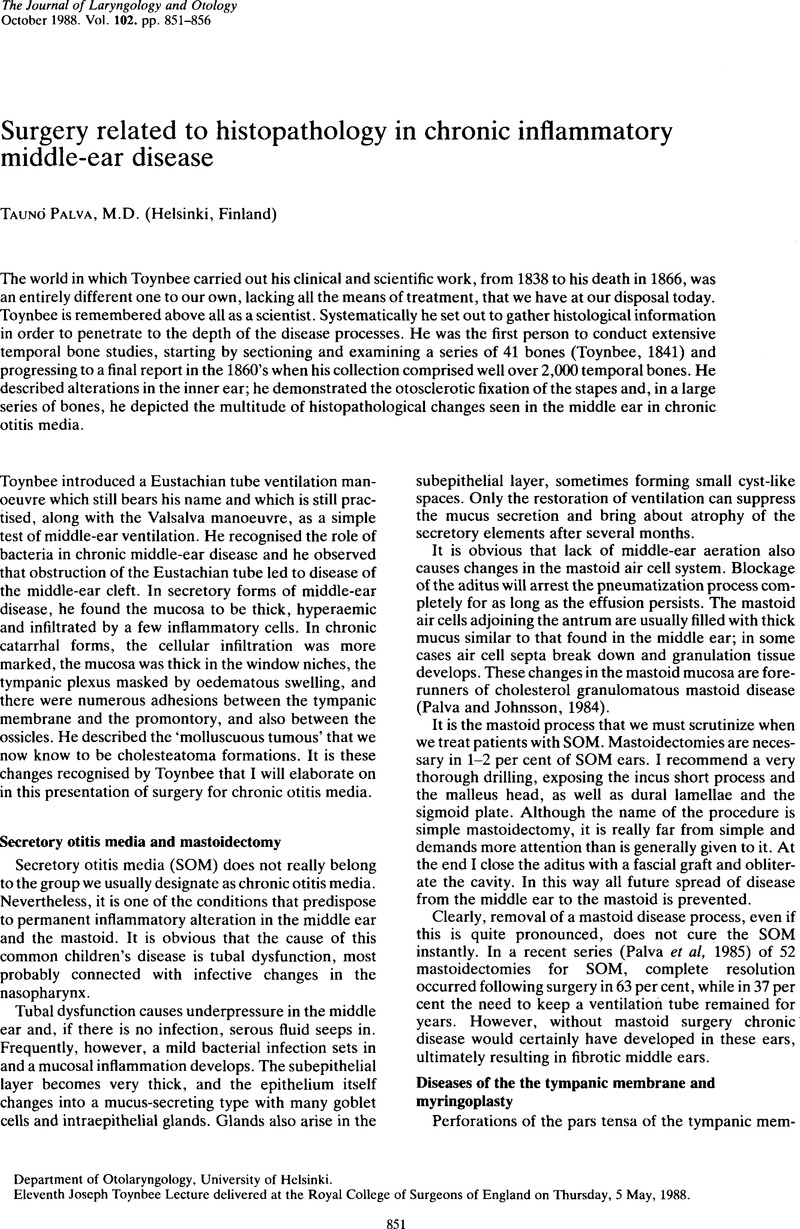Article contents
Surgery related to histopathology in chronic inflammatory middle-ear disease
Published online by Cambridge University Press: 29 June 2007
Abstract

- Type
- Main Articles
- Information
- Copyright
- Copyright © JLO (1984) Limited 1988
References
- 1
- Cited by




